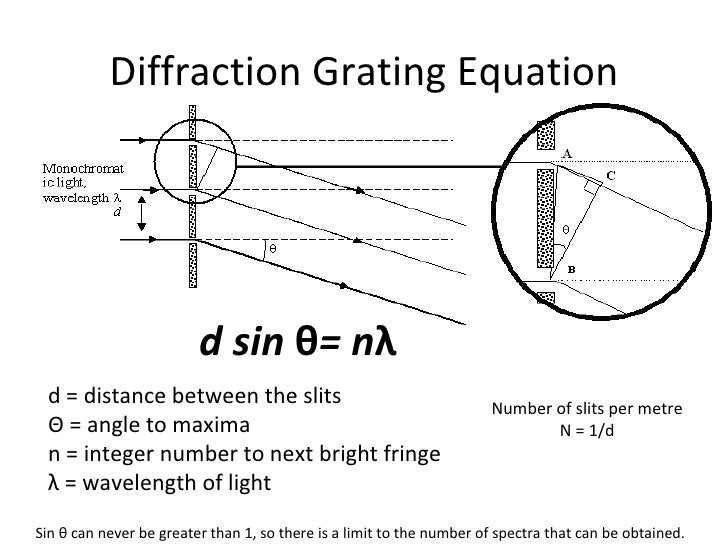

This calculation is for diffraction-limited performance. (1.26) to find that 30% MTF is at 70% of the image-plane cutoff frequency, or 223 cy/mm. With the cutoff frequency in hand, we can answer questions such as for what image spatial frequency is the MTF 30%? We use Eq. The filtering caused by diffraction from the finite aperture is the same, whether considered in object space or image space.

(1.30) and (1.31) represent the same feature. Using the object-space or image-space F/# as appropriate, we can calculate ξ cutoff in either the object plane or image plane:īecause p < q, the image is magnified with respect to the object hence a given feature in the object appears at a lower spatial frequency in the image, so the two frequencies in Eqs. 1.26(a) with an object at finite distance. The autocorrelation of the square is a triangle-shaped function,įigure 1.25 Universal curves for diffraction-limited MTFs, for incoherent systems with circular or rectangular aperture.Īs an example of the calculations, let us consider the square-aperture system of Fig. As an example of this calculation, we take the simple case of a square aperture, seen in Fig. The diffraction MTF is thus the magnitude of the (complex) diffraction OTF. (1.24) do not exactly undo each other-the diffraction OTF is the two-dimensional autocorrelation of diffracting aperture p( x,y). We then calculate the diffraction OTF in the usual way, as the Fourier transform of the impulse response h( x, y):īecause of the absolute-value-squared operation, the two transform operations of Eq. (1.23), we must implement a change of variables ξ = x/λ f and η = y/λ f to express the impulse response (which is a Fourier transform of the pupil function) in terms of image-plane spatial position. The magnitude squared of the diffracted electric-field amplitude E in V/cm gives the irradiance profile of the impulse response in W/cm 2:įrom Eq. For the incoherent systems we consider, the impulse response h( x,y) is the square of the two-dimensional Fourier transform of the diffracting aperture p( x,y). (1.6), (1.7), and (1.10), which state that the OTF is the Fourier transform of the impulse response. We will show that this is consistent with the definition of Eqs. The diffraction OTF can be calculated as the normalized autocorrelation of the exit pupil of the system. The diffraction effects are only calculated once per system and do not accumulate multiplicatively on an element-by-element basis. The diffraction MTF is based on the overall limiting aperture of the system (the aperture stop). Each semi-vertical line to the left of best focus represents a position 12.5µm closer to the back of the lens.
DIFFRACTION LIMIT CALCULATOR FULL
In both cases, the far right vertical line is at the best focus for the full image. Figure 8 analyzes the depth of focus for the two cases in Figure 7. Aberrations increase the spot size and thus contribute to a poorer MTF. Note, both designs perform nearly at the diffraction limit. The MTF diffraction is the upper limit to the system’s performance the effects of optical aberrations are assumed to be negligible. Diffraction limit calculator Diffraction limit calculator and an article 'However, my example above shows that the 15 megapixel Canon 50D or Canon T1i is already 'diffraction limited' when the lens is stopped down to 'only' F8. The factor 1.22 in the angular resolution formula is derived from a calculation of the position of the first dark ring surrounding the central Airy disc of the diffraction pattern.Diffraction MTF is a wave-optics calculation for which the only variables (for a given aperture shape) are the aperture diameter D, wavelength λ, and focal length f.Where does the 1.22 come from in the formula for angular resolution?.It is the capacity of an image-forming device such as an optical or radio telescope, a microscope, a camera, or an eye, to separate two objects located at a small angular distance. Angular resolution is a major determinant of image resolution.

where λ is the wavelength of light and d is the diameter of the lens aperture.


 0 kommentar(er)
0 kommentar(er)
